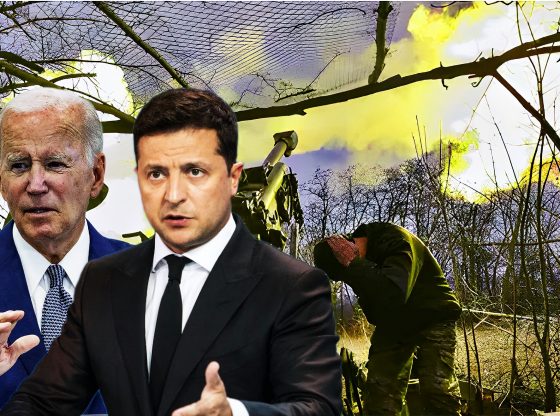In a recently published piece in U.S. Naval Institute Proceedings, I noted the importance of the U.S. and Canada working together to defend the strategically vital Arctic region from Chinese and Russian encroachment. This is becoming increasingly critical as – “Once-frozen waters are now becoming sea lanes and potential attack routes, creating dramatic new security dangers for North America.”
My USNI article describes the growing Russian threat in particular:
In April, Russian Spetsnaz special forces troops conducted an impressive, high-altitude parachute drop and mock airborne raid on a Russian Arctic island. Russia has also reopened abandoned Soviet-era military installations, built new military bases and icebreakers, increased troop presence and military drills, and established advanced radar stations in its territory above the Arctic Circle.
I also quoted Analyst Patricia Shouker, who says in The National Interest, that Russia has one ambition: “to reconquer the Arctic.” As part of this goal, the Russian Ministry of Defense in 2019 stood up its first “unified strategic command of the North.”
In the article I add that:
Other than Russia, only the United States and Canada have such direct and vital strategic interests in the Arctic. The North American neighbors should overcome minor squabbles and work together to defend this rapidly changing strategic region.
Canada’s “Great White North” makes it critical to Arctic defense. Significantly, the U.S. and Canada have a history of joint defense of North America since the 1950s in the North American Aerospace Defense Command (NORAD). This proven model should also serve as the framework for working together to defend the Arctic.
However, this arrangement is suffering. NORAD’s commander, Air Force General Terrence O’Shaughnessy, recently cautioned that the U.S. and Canada have lost their long-standing Arctic military advantage to Russia.
But Russia is not the only threat. The general also raised concerns over signs of China’s “nascent but growing strategic cooperation” with Russia that included combined bomber patrols this past year. China has begun operating more aggressively in the polar region, calling itself a “Near Arctic State,” a term unrecognized by U.S. or international law.
As I noted, “China’s aggressive push and cooperation with Russia…only add urgency to the threat.”
Considering these serious threats, our shared views on arctic defense, and long history of joint North American military cooperation, the U.S. and Canada should strive to cooperate as much as possible to protect their shared interests in the Arctic.
How could this be achieved? I proposed a few suggestions:
One way forward could be joint U.S. and Canadian Coast Guard patrols through the Northwest passage. However, this would require that Canada and the United States maintain their decades-old “gentleman’s agreement” to leave the issue of these disputed Arctic waters unresolved, an agreement that has frayed recently. Joint military Arctic training and deployments also would be key.
Another area of cooperation could be joint ventures between U.S. and Canadian shipbuilders to build more ice breakers for the U.S. Coast Guard. This is critically needed expertise that U.S. shipyards and builders have not maintained.
Ultimately, I concluded, strengthening our shared values and strategic interests “should take precedence over relatively minor discord, especially in the face of growing Russian and Chinese threats to the Arctic.” The U.S. and Canada should defend the Arctic together.
Advertisement
Join the Fight to Reopen California’s Schools

















See movie Ice Station Zebra, no aid from Canada then seen in movie, 1968.
Needed now with Russia around, boost up DEW Line anew
WW3 is soon to come. Mark my words.
Alaska is such a strategic location that it’s a major target for invasion and always has been. The air force beat back russian planes often and that’s just the ones we hear about. I’d love to know what really goes o n.v up and out there.
Trudeau won’t take a stand on anything. He is the CHAMBERLAIN when it comes to Russians and muslims.